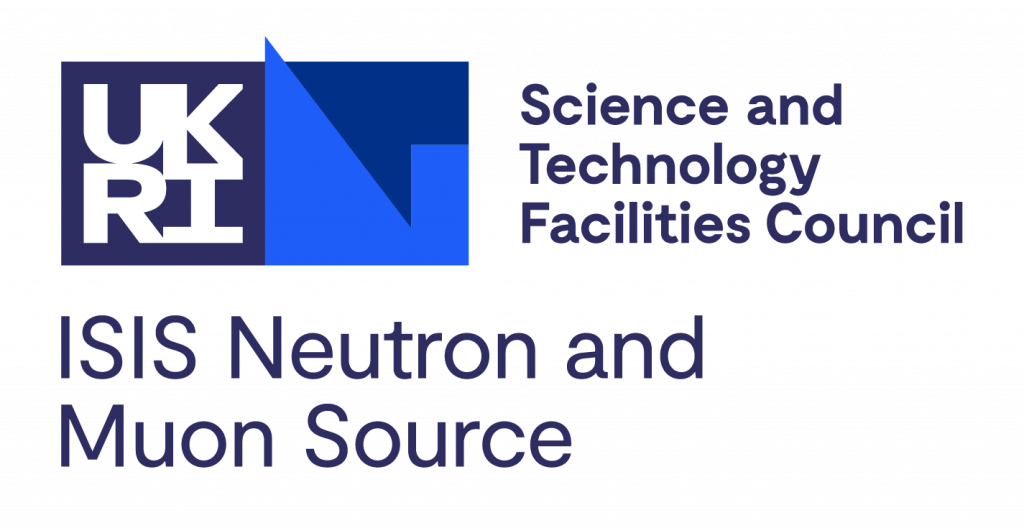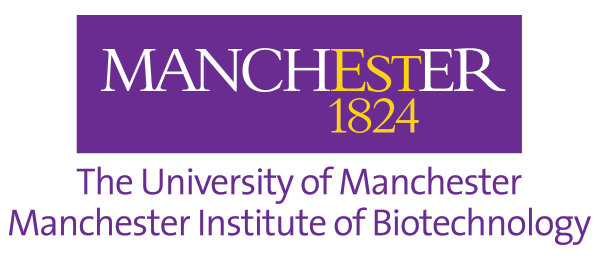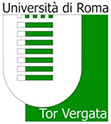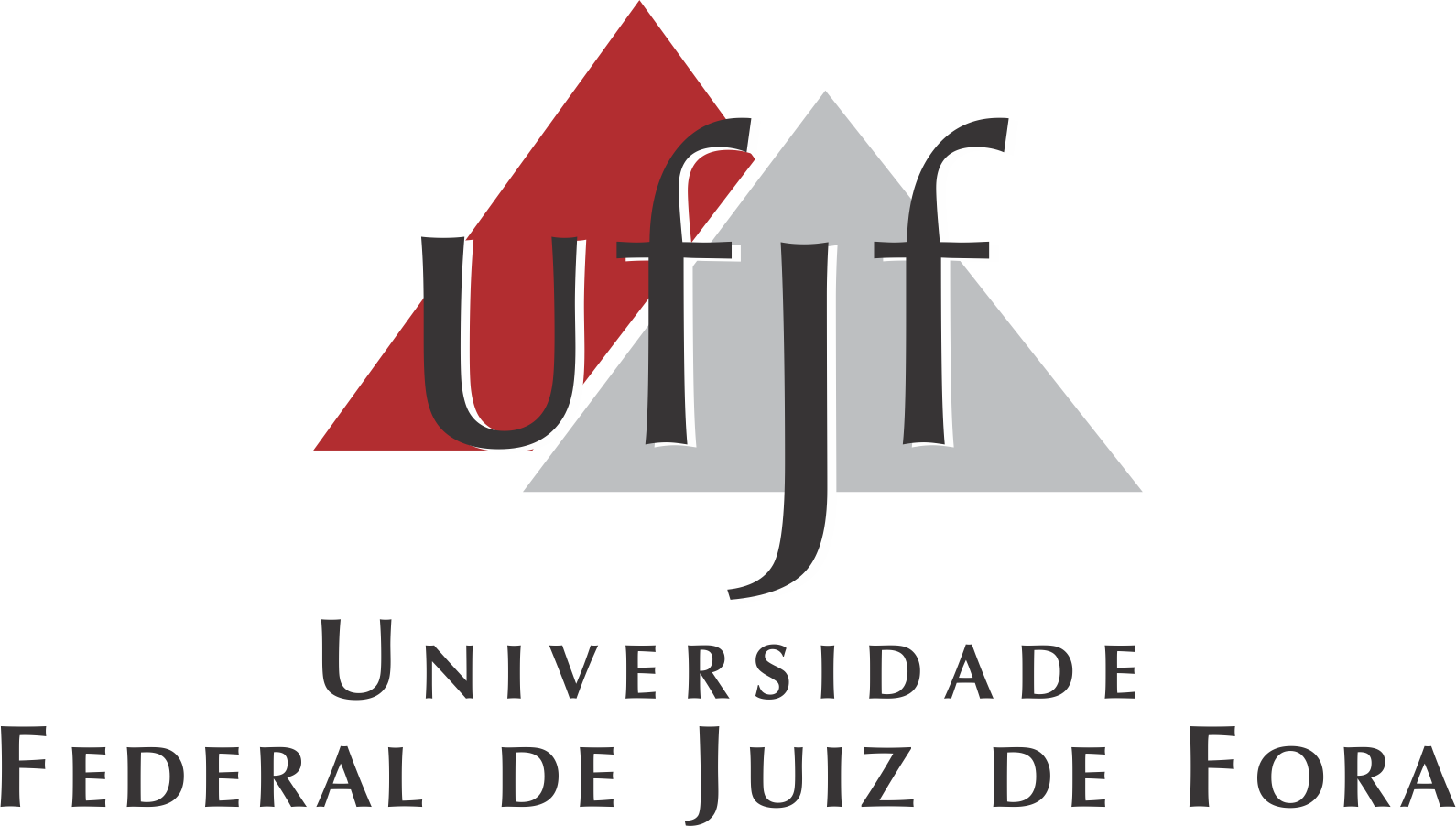 |
ISIS Neutron and Muon Source do Laboratório Rutherford Appleton/Harwell Science and Innovation Centre, Science and Technology Facilities Council (STFC, Reino Unido) (W. Kockelmann, S. Parker, V. Garcia Sakai).
Study of several systems of biological interest by inelastic neutron scattering spectroscopy (Inelastic Neutron Scattering, INS) and by quasi-elastic neutron diffraction (QENS) – biogenic polyamines and their complexes with Pt(II) and Pd(II), phytochemicals antioxidants, human bones.
Collaboration with this Group has been ongoing for over 17 years (J. Tomkinson, former supervisor of the Molecular Spectroscopy Unit, S. Parker and V. Garcia-Sakai). This laboratory houses the most powerful neutron beam in the world, which allows cutting-edge research to be carried out, namely obtaining rigorous structural information on biologically relevant compounds through the use of vibrational inelastic and quasi-elastic neutron scattering spectroscopy (INS and QENS), which allows the detection of low-frequency modes not accessible to optical vibrational Raman and infrared methods. This type of information is extremely useful in studies of compounds with therapeutic/preventive potential.
|
 |
Diamond Light Source/Harwell Science and Innovation Centre, STFC (United Kingdom) (G. Cibin, G. Cinque). Study of Pt(II) and Pd(II) anticancer drug adducts (e.g. cisplatin) with DNA by EXAFS/beamline B18.
Investigation of vanadium species and their interactions with actin by EXAFS/beamline B18.
Study of the biodistribution and metabolic impact of anticancer drugs in human cancer cells by infrared microspectroscopy/beamline B22. |
 |
Manchester Institute of Biotechnology (MIB), University of Manchester (UK) (P. Gardner). Infrared spectroscopy imaging of human cancer cells – determining the effect of new Pt(II) and Pd(II) anticancer agents. |
 |
DIT FOCAS Institute, Dublin (Ireland) (H. Byrne).Study of the impact of new anticancer agents on human cancer cells, by Raman microspectroscopy. |
 |
Department of Physical Chemistry, Faculty of Sciences, University of Málaga, Spain (J.C.O. Molina). Studies by SERS (Surface Enhanced Raman Spectroscopy): (i) of biogenic amines and their metallic complexes; (ii) flavones and other antioxidant phytochemicals.
MicroRaman analysis of Pt(II) and Pd(II) anticancer agents and their impact on human cells. CARS analysis of human tissue samples (cancerous and non-tumorigenic). |
 |
NAST Centre for Nanoscience & Nanotechnology & Innovative Instrumentation, Università degli Studi di Roma “Tor Vergata” (Italy) (C. Andreani).
Osteometric analysis (of human samples) by neutron spectroscopy – applications in Biological Anthropology, Paleontology and Forensic Sciences.
Analysis of olive oils from different regions of Italy, using vibrational spectroscopy (optical and neutron).
|
 |
Institute for the Structure of Matter, Madrid (Spain) (J.V. Garcia-Ramos and S. Sánchez-Cortés). Study of Pt(II) and Pd(II) complexes with polyamines by SERS and FT-Raman spectroscopy.
|
 |
Humboldt University Berlin (Germany) (J. Kneipp).
In vivo localization of cellular compartments by SERS microspectroscopy.
|
 |
Department of Chemistry/Center for Studies in Computational Chemistry at the Federal University of Juiz de Fora (Brazil) (H.F. Santos).
Molecular hybridization in the development of Pt(II)-acridine complexes as new anticancer agents – studies using theoretical methods.
|